The Ultimate Guide to Recovery for Pole & Aerials
February 17, 2025
Pole and aerial training push our bodies to new heights—literally! But as much as we love flying, flipping, and flowing, proper recovery is key to keeping our bodies strong, mobile, and injury-free. Recovery isn’t just about taking a break; it’s an essential part of training that ensures longevity in your practice. Let’s dive into the best recovery techniques to keep you in the air and feeling your best!
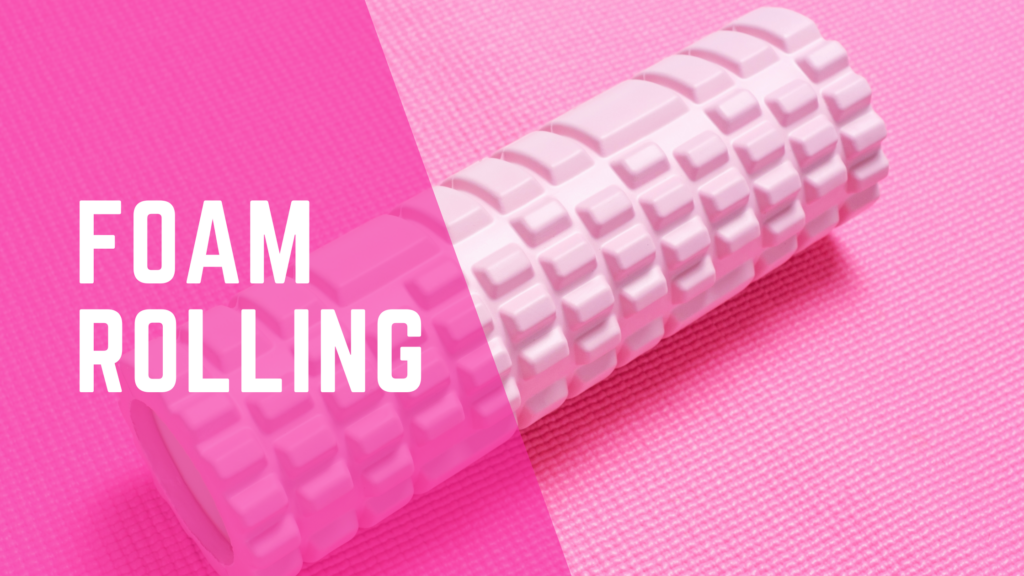
1. Foam Rolling: Your Best Friend for Muscle Release
After an intense training session, your muscles need some love. Foam rolling (or self-myofascial release) helps break up knots, increase blood flow, and improve mobility.
How to Foam Roll Effectively:
- Focus on tight areas: Roll over muscles used in aerial and pole, such as shoulders, back, hamstrings, and hip flexors.
- Go slow: Spend at least 30 seconds on each area, moving slowly and pausing on tender spots.
- Breathe through discomfort: Mild discomfort is normal, but pain isn’t—adjust pressure accordingly.
Foam rolling is a simple but powerful tool to aid recovery and prevent stiffness that can limit movement.
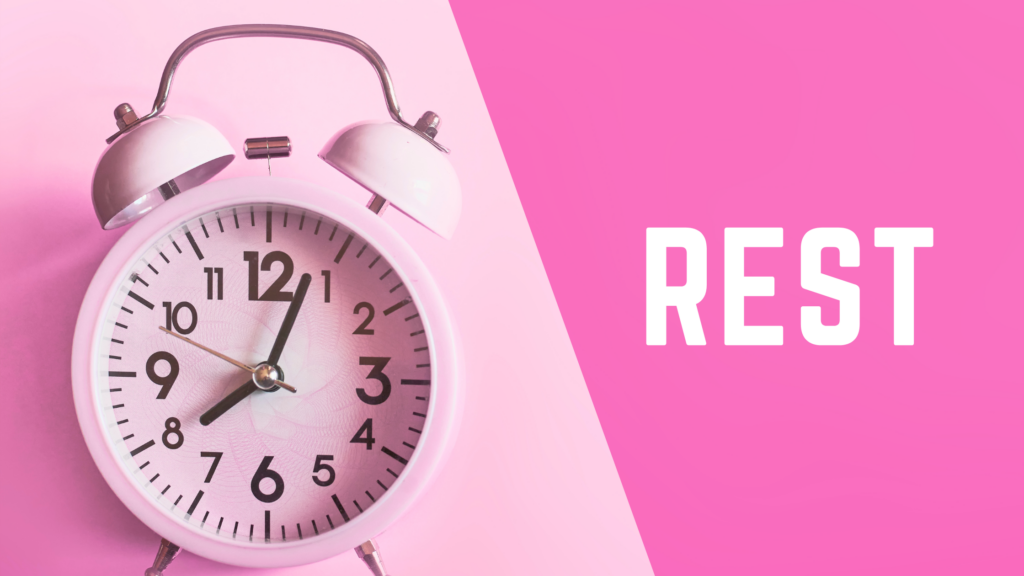
2. Rest: The Overlooked Key to Progress
Rest isn’t a sign of weakness—it’s when your body actually builds strength. Training creates microtears in your muscles, and rest days allow those fibers to repair and grow stronger. Without rest, you risk overtraining, fatigue, and injury.
Signs You Need a Rest Day:
- Persistent soreness that doesn’t improve
- Decreased performance in training
- Feeling sluggish or unmotivated
- Nagging aches and pains
Incorporate at least one full rest day per week and listen to your body when it asks for more!

3. Stretching: Flexibility Meets Recovery
Stretching isn’t just for increasing flexibility—it’s a crucial part of recovery. Post-training stretching helps lengthen muscles, reduce tightness, and improve mobility for your next session.
Best Recovery Stretches for Pole & Aerial:
- Cat-Cow & Thread the Needle: Relieve tension in the shoulders and spine.
- Pigeon Pose: Deep hip and glute release (great after leg hangs and splits work).
- Child’s Pose with Side Stretch: Opens up the lats and shoulders.
- Butterfly Stretch: Helps with hip mobility and lower body tension.
Hold each stretch for at least 30-60 seconds, breathing deeply to encourage relaxation.
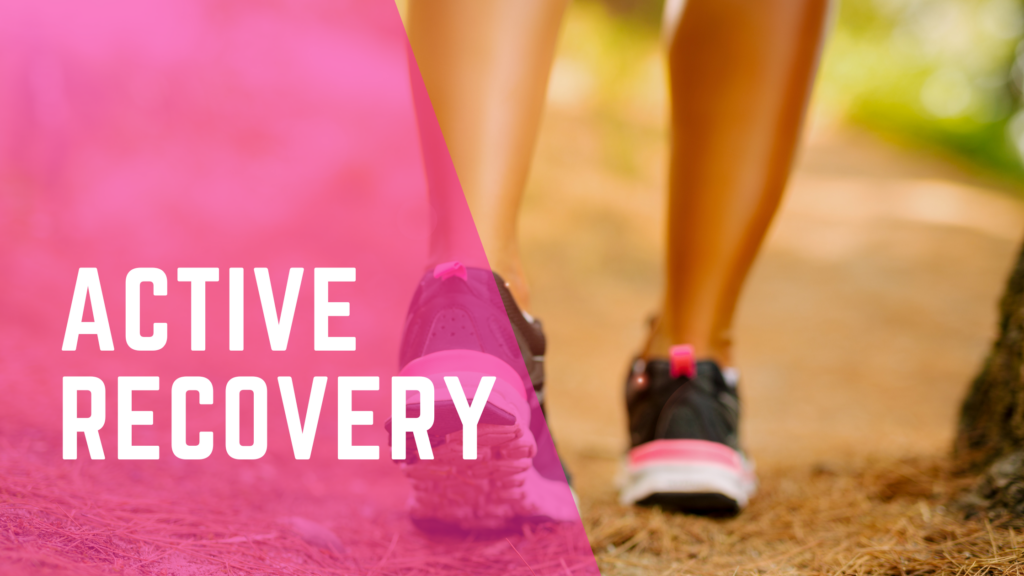
4. Active Recovery: Move to Heal
Rest doesn’t always mean total inactivity. Active recovery is a great way to keep blood flowing and aid muscle repair without overloading your body.
Try These Active Recovery Methods:
- Gentle yoga or mobility work
- A walk or light cardio to increase circulation
- Breathwork & meditation to help the nervous system recover
Adding active recovery days between intense training sessions keeps your body balanced and ready for the next challenge.

5. Hydration & Nutrition: Fuel for Recovery
What you put into your body impacts how well you recover.
Quick Recovery Tips:
- Hydrate: Aerial and pole are sweat-heavy activities—rehydrate with water and electrolytes.
- Protein & Healthy Fats: Help muscle repair and reduce inflammation.
- Magnesium & Potassium: Support muscle relaxation and reduce cramping.
Eating whole, nutrient-dense foods helps your body recover efficiently and keeps your energy levels high.
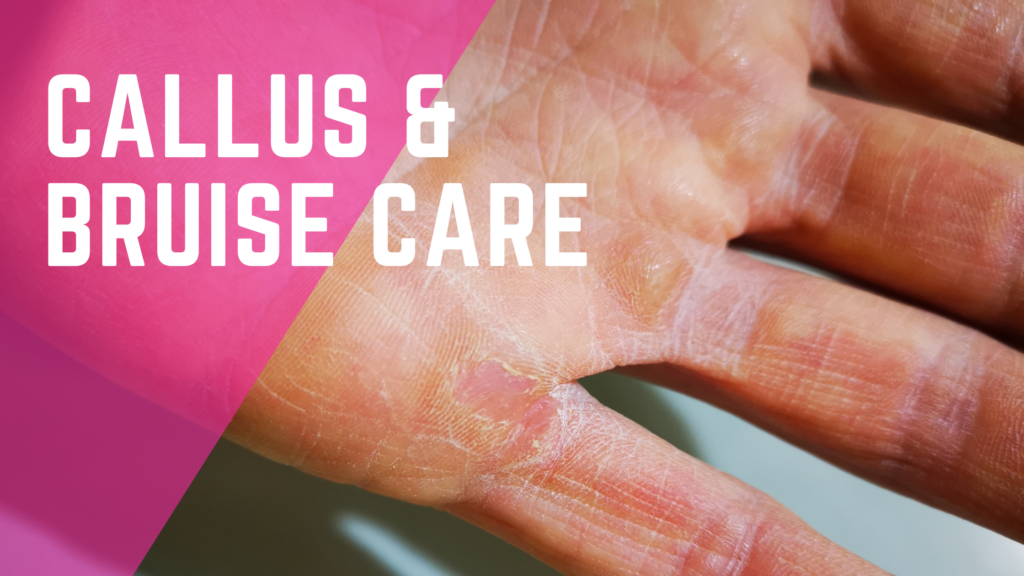
6. Callus & Bruise Care: Protect Your Skin
Pole and aerial can take a toll on your skin, leading to calluses and bruises. While they’re often seen as badges of honor, proper care can help keep your hands and body in top condition.
Caring for Calluses:
- Trim away excess skin with sterilized nail clippers or small grooming scissors to trim away any hanging skin and protect the healthy, undamaged skin.
- After showering, use a pumice stone or callus file to smooth rough areas gently.
- Keep calluses moisturized to keep them soft and smooth to avoid rips.
Bruise Recovery Tips:
- Arnica gel or cream helps reduce swelling and discoloration.
- Cold compresses applied immediately after training minimize bruising.
- Gentle massage improves circulation and speeds up healing.
Taking care of your skin ensures you stay comfortable and confident in your training sessions.
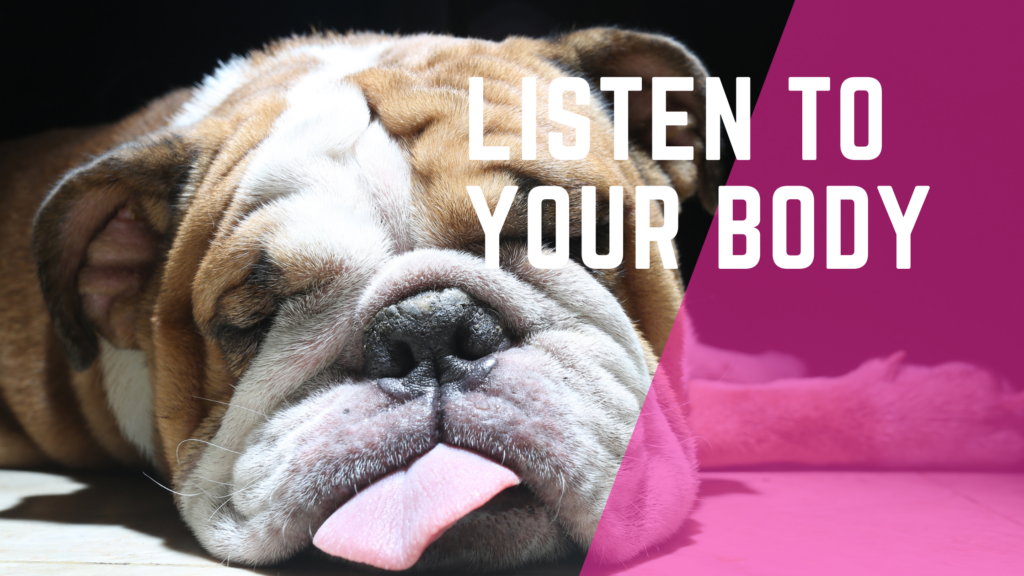
7. Listen to Your Body & Modify as Needed
Recovery isn’t one-size-fits-all. Some days you’ll need more rest, while other times an active recovery session will feel best. The key is tuning into your body’s signals and adjusting accordingly.
Ask Yourself:
- Do I feel energized or drained?
- Am I more sore than usual?
- Is my grip strength or stamina decreasing?
Being mindful of these cues can help prevent burnout and injury, keeping you training safely for the long run.
Shine Bright, Recover Right
Your pole and aerial journey isn’t just about training—it’s about sustainable movement. Prioritizing foam rolling, stretching, rest, active recovery, proper nutrition, and skin care ensures that you can keep flying, spinning, and inverting for years to come. Recovery is part of the process, so embrace it and keep shining! ✨